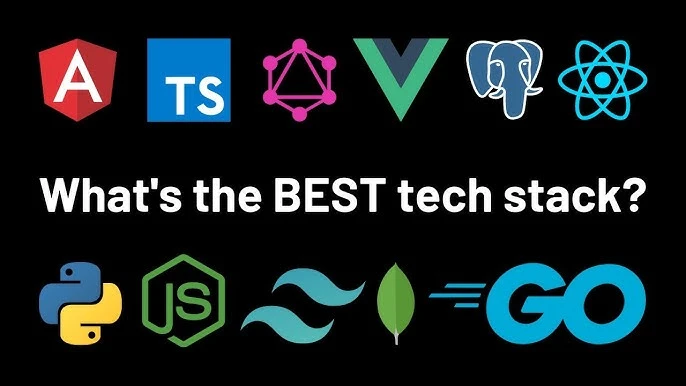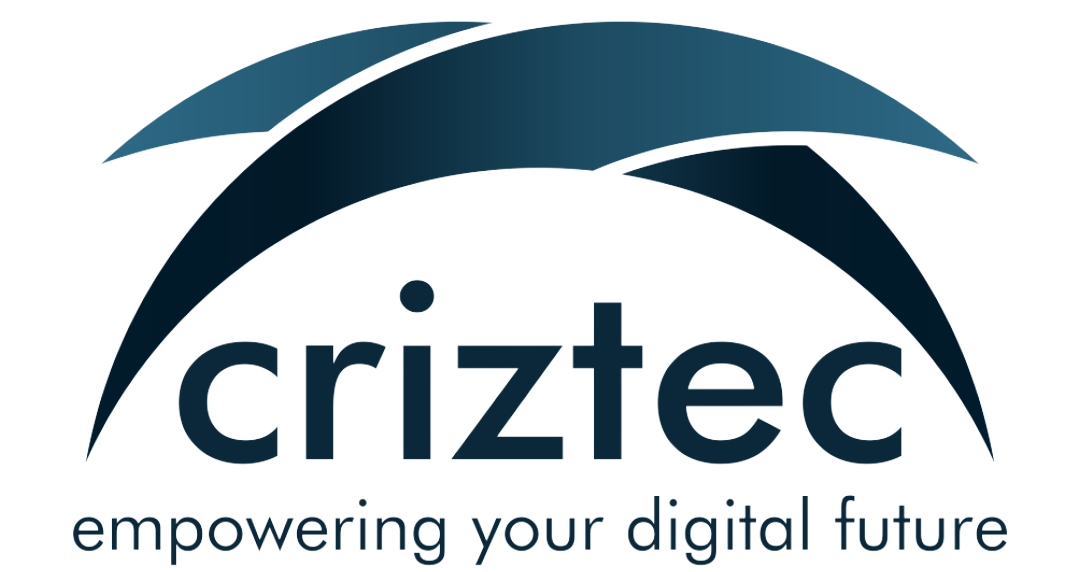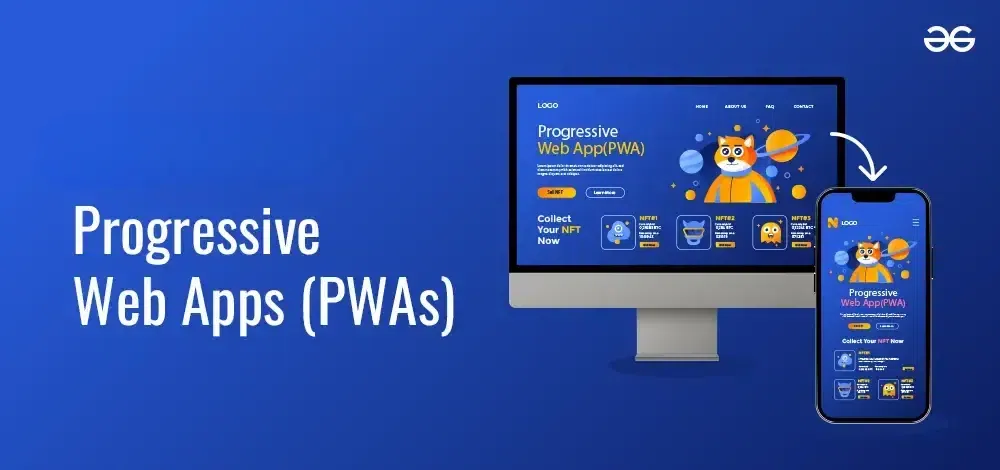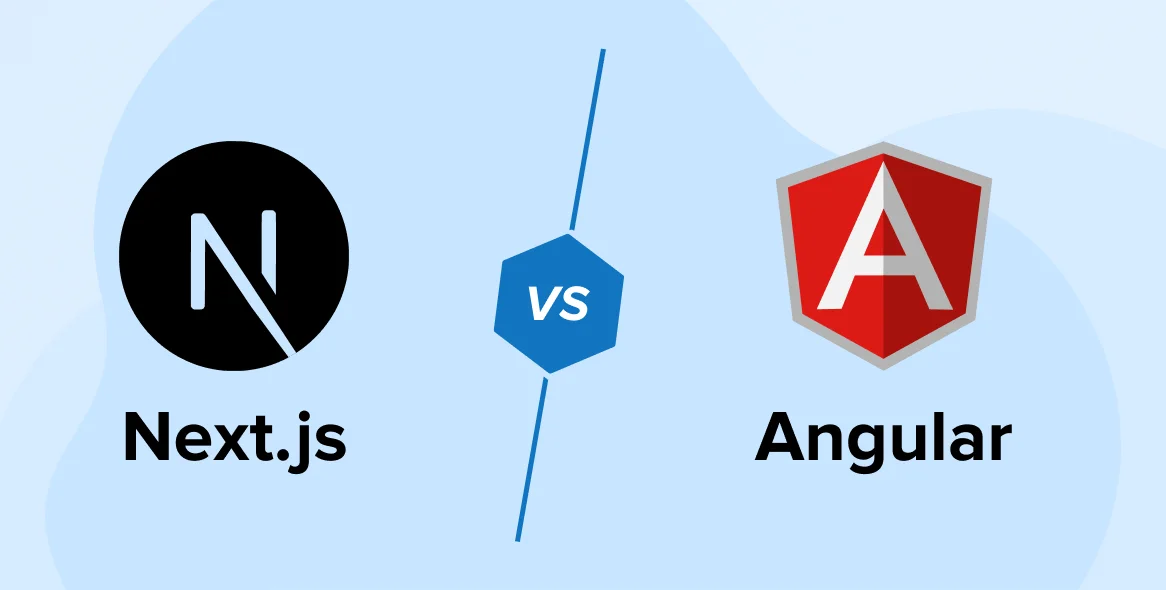· Development · 8 min read
Best Tech Stack for Web and Mobile App Development in 2025
Navigate the evolving landscape of web and mobile development with our comprehensive guide to the best tech stacks in 2025. From React 18+ to serverless backends, discover the tools that will power your next project.

Best Tech Stack for Web and Mobile App Development in 2025
In the rapidly evolving landscape of software development, choosing the right tech stack in 2025 has become more critical than ever. With emerging technologies, evolving user expectations, and the need for rapid deployment, developers must make informed decisions that balance performance, scalability, and development velocity.
Introduction: Why Your Tech Stack Choice Matters in 2025
The technology landscape of 2025 presents unique challenges and opportunities. As we move toward more distributed, edge-computing environments and AI-integrated applications, the tech stack you choose today will determine your project’s success tomorrow.
Key Considerations for 2025:
- Performance: Users expect sub-second load times and smooth interactions
- Scalability: Applications must handle traffic spikes and global distribution
- Community Support: Strong ecosystems ensure long-term viability
- Security: Enhanced focus on data protection and privacy compliance
- Rapid Development: Time-to-market pressures demand efficient development workflows
- AI Integration: Built-in support for machine learning and AI features
- Edge Computing: Optimized for edge deployment and serverless architectures
Frontend Development for Web Applications
Primary Recommendation: React 18+ with Next.js 14
React 18+ continues to dominate the frontend landscape in 2025, and when paired with Next.js 14, it provides an unbeatable combination for modern web applications.
Why This Stack Excels:
- Server-Side Rendering (SSR): Improved SEO and initial page load performance
- Static Site Generation (SSG): Perfect for content-heavy sites and blogs
- Edge Rendering: Deploy closer to users with Vercel Edge Runtime
- App Router: Enhanced routing with layouts and nested routing capabilities
- React Server Components: Reduced JavaScript bundle sizes and improved performance
- TypeScript Integration: Built-in support for type safety
- Image Optimization: Automatic image optimization and lazy loading
Code Example:
// app/layout.tsx (Next.js 14 App Router)
export default function RootLayout({
children,
}: {
children: React.ReactNode
}) {
return (
<html lang="en">
<body className="font-sans">
<Header />
<main>{children}</main>
<Footer />
</body>
</html>
)
}Alternative: SvelteKit 2
SvelteKit 2 offers a compelling alternative with its compile-time optimizations and minimal runtime overhead.
Advantages:
- Smaller Bundle Sizes: No virtual DOM overhead
- Excellent Performance: Compile-time optimizations
- Simple Syntax: Easy learning curve for developers
- Built-in Animations: Smooth transitions and animations
- SSR/SSG Support: Full-stack capabilities
Second Alternative: Vue 3 with Nuxt 3
Vue 3 paired with Nuxt 3 provides an excellent developer experience with its composition API and auto-imports.
Benefits:
- Composition API: Better code organization and reusability
- Auto-imports: Reduced boilerplate code
- Hybrid Rendering: Choose between SSR, SSG, or SPA per route
- TypeScript Support: First-class TypeScript integration
Frontend Development for Mobile Applications
Primary Recommendation: React Native with Expo SDK 50+
React Native with Expo SDK 50+ remains the top choice for cross-platform mobile development in 2025.
Why Choose This Stack:
- Code Reusability: Share 90%+ code between iOS and Android
- Native Performance: Direct bridge to native modules
- Expo Dev Tools: Enhanced development experience with EAS Build and Update
- Strong Ecosystem: Massive library support and community
- Web Support: Deploy to web with minimal changes
- New Architecture: Improved performance with the New Architecture (Fabric + TurboModules)
Key Features in 2025:
// Example with Expo Router (file-based routing)
// app/(tabs)/index.tsx
import { View, Text } from 'react-native';
import { StatusBar } from 'expo-status-bar';
export default function HomeScreen() {
return (
<View className="flex-1 items-center justify-center bg-white">
<Text className="text-xl font-bold">Welcome to Your App</Text>
<StatusBar style="auto" />
</View>
);
}Alternative: Flutter 4
Flutter 4 continues to provide excellent performance and a unified development experience.
Advantages:
- Single Codebase: iOS, Android, web, and desktop from one codebase
- Dart Language: Fast compilation and hot reload
- Custom UI: Pixel-perfect designs across platforms
- Growing Ecosystem: Expanding package repository
Specialized Alternatives:
Kotlin Multiplatform Mobile (KMM)
- Best for: Teams with existing Android/Kotlin expertise
- Advantages: Share business logic while maintaining native UIs
- Use Case: High-performance apps requiring platform-specific optimizations
SwiftUI (iOS-focused)
- Best for: iOS-first applications
- Advantages: Declarative UI, seamless iOS integration
- Use Case: Apps leveraging deep iOS ecosystem features
Backend Development
Primary Recommendation: Node.js 20+ with TypeScript
Node.js 20+ with TypeScript provides the foundation for scalable backend applications in 2025.
Framework Options:
tRPC for Type-Safe APIs
// server/api/routers/user.ts
import { z } from 'zod';
import { createTRPCRouter, publicProcedure } from '~/server/api/trpc';
export const userRouter = createTRPCRouter({
getById: publicProcedure.input(z.object({ id: z.string() })).query(({ input }) => {
return { id: input.id, name: 'John Doe' };
}),
});NestJS for Enterprise Applications
- Decorator-based: Similar to Angular, great for large teams
- Built-in: Validation, caching, database integration
- Microservices: Excellent support for distributed architectures
High-Performance Alternatives:
Rust with Axum
Best for: CPU-intensive applications requiring maximum performance
// main.rs
use axum::{routing::get, Router};
async fn hello() -> &'static str {
"Hello, World!"
}
#[tokio::main]
async fn main() {
let app = Router::new().route("/", get(hello));
axum::Server::bind(&"0.0.0.0:3000".parse().unwrap())
.serve(app.into_make_service())
.await
.unwrap();
}Go with Fiber
Best for: High-concurrency applications and microservices
Python with FastAPI
Best for: ML-heavy applications and rapid prototyping
Serverless Backend Solutions
Vercel Functions
- Perfect for: Next.js applications
- Edge Runtime: Global distribution
- Auto-scaling: Pay per execution
AWS Lambda
- Enterprise-grade: Robust monitoring and scaling
- Integration: Seamless AWS ecosystem integration
Cloudflare Workers
- Edge Computing: Deployed to 200+ locations globally
- V8 Runtime: Fast cold starts
- Cost-effective: Generous free tier
Database Solutions for 2025
Primary Recommendation: PostgreSQL with Modern Platforms
Supabase (Backend-as-a-Service)
-- Real-time subscriptions built-in
CREATE TABLE posts (
id SERIAL PRIMARY KEY,
title TEXT NOT NULL,
content TEXT,
created_at TIMESTAMPTZ DEFAULT NOW()
);
-- Enable real-time
ALTER PUBLICATION supabase_realtime ADD TABLE posts;Benefits:
- Real-time: Built-in subscriptions
- Authentication: Integrated auth system
- Edge Functions: Serverless functions
- Storage: File storage with CDN
PlanetScale (Serverless MySQL)
- Branching: Database branching like Git
- Serverless: Auto-scaling with connection pooling
- Analytics: Built-in query insights
Edge-Friendly Options:
Turso (SQLite over libSQL)
import { createClient } from '@libsql/client';
const client = createClient({
url: 'libsql://your-database.turso.io',
authToken: process.env.TURSO_AUTH_TOKEN,
});
const result = await client.execute('SELECT * FROM users WHERE id = ?', [1]);Advantages:
- Edge Deployment: SQLite at the edge
- Low Latency: Data closer to users
- Cost-effective: Minimal overhead
NoSQL Options:
MongoDB Atlas
- Document Storage: Flexible schema
- Global Clusters: Multi-region deployment
- Vector Search: Built-in AI/ML support
Redis Stack
- Caching: In-memory performance
- Search: Full-text search capabilities
- Time Series: Built-in time series data support
Authentication Solutions
Enterprise-Grade Options:
Auth.js (NextAuth.js)
// app/api/auth/[...nextauth]/route.ts
import NextAuth from 'next-auth';
import GoogleProvider from 'next-auth/providers/google';
const handler = NextAuth({
providers: [
GoogleProvider({
clientId: process.env.GOOGLE_CLIENT_ID,
clientSecret: process.env.GOOGLE_CLIENT_SECRET,
}),
],
callbacks: {
session: ({ session, token }) => ({
...session,
user: { ...session.user, id: token.sub },
}),
},
});
export { handler as GET, handler as POST };Clerk
- Pre-built Components: Ready-to-use UI components
- Multi-factor Authentication: Built-in 2FA support
- Organization Management: Team and organization features
Firebase Auth
- Google Integration: Seamless Google services integration
- Mobile SDKs: Native mobile authentication
Modern Authentication Features:
- OAuth 2.0/OpenID Connect: Social login providers
- Passwordless: Email/SMS magic links
- Biometric Authentication: Face ID, Touch ID, fingerprint
- Passkeys: WebAuthn support for password-free authentication
DevOps & Deployment
CI/CD Pipeline Solutions:
GitHub Actions
# .github/workflows/deploy.yml
name: Deploy to Production
on:
push:
branches: [main]
jobs:
deploy:
runs-on: ubuntu-latest
steps:
- uses: actions/checkout@v4
- uses: actions/setup-node@v4
with:
node-version: '20'
- run: npm ci
- run: npm run build
- run: npm run test
- uses: vercel/action@v1
with:
vercel-token: ${{ secrets.VERCEL_TOKEN }}Deployment Platforms:
Vercel
- Zero-config: Automatic optimization
- Edge Network: Global CDN
- Preview Deployments: Branch-based previews
Railway
- Database Included: PostgreSQL, Redis built-in
- Auto-scaling: Usage-based scaling
- Simple Pricing: Predictable costs
Render
- Static Sites: Fast global CDN
- Web Services: Auto-deploy from Git
- Databases: Managed PostgreSQL
Containerization:
Docker with Kubernetes
# Dockerfile
FROM node:20-alpine
WORKDIR /app
COPY package*.json ./
RUN npm ci --only=production
COPY . .
RUN npm run build
EXPOSE 3000
CMD ["npm", "start"]Use Cases:
- Large Applications: Complex microservice architectures
- Multi-environment: Consistent deployments across environments
- Enterprise: Fine-grained resource control
Monitoring & Analytics
Error Tracking & Performance:
Sentry
import * as Sentry from '@sentry/nextjs';
Sentry.init({
dsn: process.env.NEXT_PUBLIC_SENTRY_DSN,
tracesSampleRate: 1.0,
replaysSessionSampleRate: 0.1,
replaysOnErrorSampleRate: 1.0,
});PostHog (Product Analytics)
- Event Tracking: User behavior analytics
- Feature Flags: A/B testing and gradual rollouts
- Session Replays: Debug user issues
LogRocket
- Frontend Monitoring: Console logs and network requests
- User Sessions: Visual session replays
- Performance Insights: Core Web Vitals tracking
Infrastructure Monitoring:
OpenTelemetry
- Distributed Tracing: End-to-end request tracking
- Metrics Collection: Custom application metrics
- Vendor Neutral: Works with multiple providers
Grafana Stack
- Dashboards: Custom visualization
- Alerting: Proactive issue detection
- Log Aggregation: Centralized logging
AI/ML Integration
AI-Powered Features:
OpenAI API Integration
import OpenAI from 'openai'
const openai = new OpenAI({
apiKey: process.env.OPENAI_API_KEY,
})
export async function generateContent(prompt: string) {
const completion = await openai.chat.completions.create({
messages: [{ role: 'user', content: prompt }],
model: 'gpt-4-turbo',
})
return completion.choices[0].message.content
}LangChain.js
- Chain Operations: Complex AI workflows
- Memory Management: Conversation history
- Tool Integration: Connect AI to external APIs
Hugging Face Transformers
- Local Models: Run AI models locally
- Privacy: Keep data on-device
- Specialized Models: Task-specific AI models
Vector Databases:
- Pinecone: Managed vector database
- Weaviate: Open-source vector search
- Chroma: Embeddings database
Sample Tech Stack Recommendations
Startup/MVP Stack:
Frontend: Next.js 14 + TypeScript + Tailwind CSS
Mobile: React Native + Expo SDK 50+
Backend: Next.js API Routes + tRPC
Database: Supabase (PostgreSQL + Auth + Storage)
Deployment: Vercel
Monitoring: Sentry + PostHogEnterprise Stack:
Frontend: Next.js 14 + TypeScript + Design System
Mobile: React Native + Custom Native Modules
Backend: Node.js + NestJS + TypeScript
Database: PostgreSQL + Redis + MongoDB
Message Queue: Redis/AWS SQS
Deployment: Kubernetes + Docker
CI/CD: GitHub Actions + ArgoCD
Monitoring: Grafana + Prometheus + SentryPerformance-Critical Stack:
Frontend: SvelteKit 2 + TypeScript
Mobile: Flutter 4
Backend: Rust + Axum + Redis
Database: PostgreSQL + Turso (Edge)
Deployment: Cloudflare Workers + Railway
Monitoring: OpenTelemetry + GrafanaConclusion
The best tech stack for 2025 balances developer experience, performance, and future-proofing. While React-based solutions continue to dominate, alternative frameworks like SvelteKit and Flutter are gaining traction for specific use cases.
Key Takeaways:
- Developer Experience: Choose tools that enhance productivity
- Community Support: Prioritize technologies with strong ecosystems
- Performance: Consider edge computing and serverless architectures
- Scalability: Plan for growth from day one
- Security: Implement security best practices from the start
- AI Integration: Consider AI capabilities for competitive advantage
Future-Proofing Your Stack:
- Edge-First: Design for edge deployment
- Type Safety: Use TypeScript across the entire stack
- Real-time: Build with real-time capabilities in mind
- Observability: Implement comprehensive monitoring
- AI-Ready: Choose tools that integrate well with AI services
The technology landscape will continue evolving, but the principles of choosing performant, scalable, and developer-friendly tools will remain constant. Start with the recommendations in this guide, but always consider your specific use case, team expertise, and business requirements when making final decisions.
Remember: the best tech stack is the one your team can effectively build, deploy, and maintain while delivering exceptional user experiences.
Keywords: best tech stack 2025, web and mobile app development, full-stack 2025, frontend frameworks 2025, backend frameworks 2025, best database for mobile apps, React Native vs Flutter 2025, Rust backend 2025, Next.js 14, React 18, TypeScript, serverless architecture, edge computing




